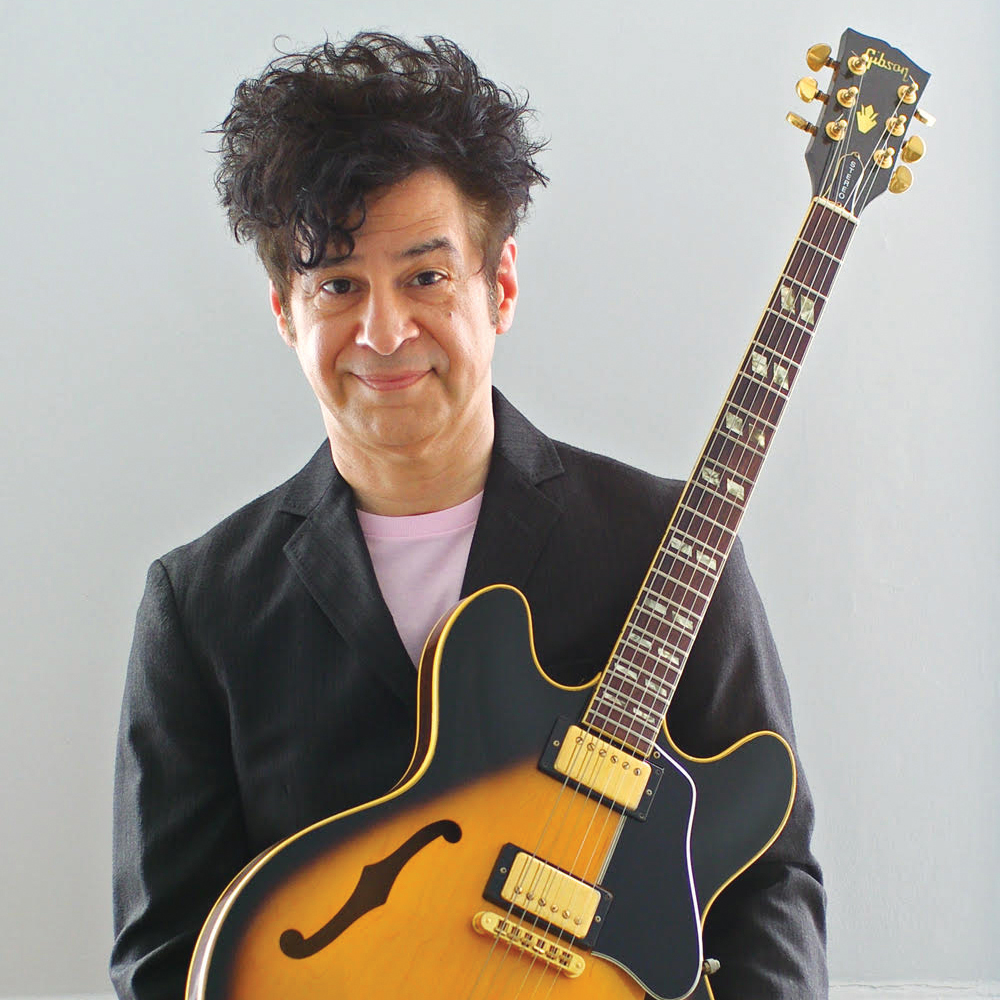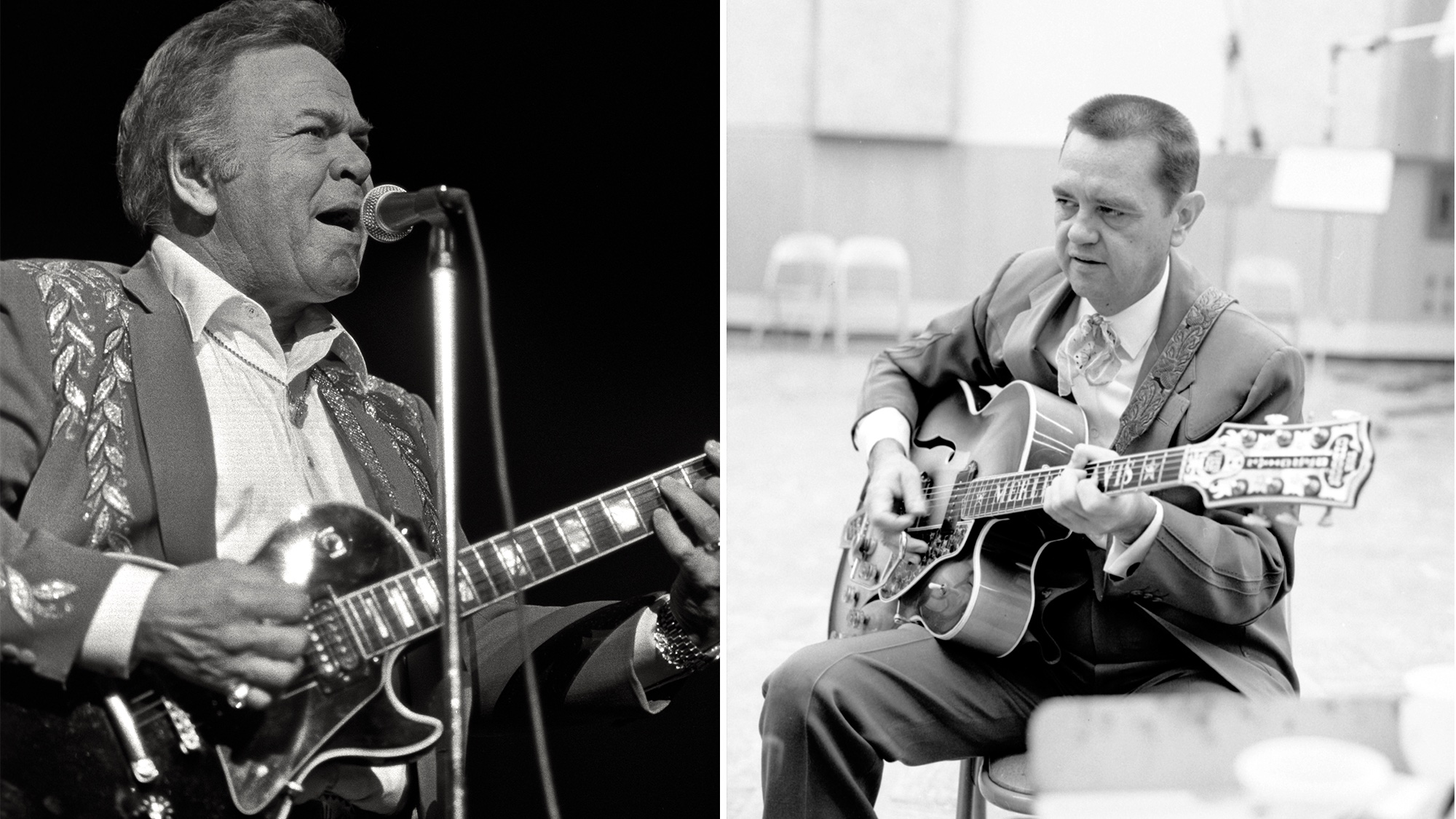Keith Richards: "Why I Won't Use Pedals Onstage" and Six More Keef Facts

Keith Richards appeared on the September 21 WTF with Marc Maron podcast for a lengthy interview. You can download the episode at the WTF site as well as hear it below.
In the interview, Richards—who is enjoying the limelight thanks to his excellent new solo album, Crosseyed Heart—touches on a vast range of subjects, including his influences, his gear, and band members past and present.
The meet-up was a particular treat for Maron, who recalls seeing Richards on the cover of Guitar Player’s November 1977 issue, shown left. (Richards dropped the s from his surname for several years, hence the altered spelling of his name on the cover.)
“There’s an issue of Guitar Player magazine with him,” Maron notes about three minutes into the segment. “It’s not even a particularly good picture—with his eyes half-closed, with that fuckin’ Telecaster, that TV yellow Telecaster, just leanin’ into it. And I was like, Goddammit, that’s it! That’s all of it. That’s all you need is whatever’s going on right there!”
We agree with Marc’s sentiments, and we were happy to discover that we played a role in his appreciation of Richards. Below are seven other things we learned from this historic episode with one of rock’s all-time great guitarists.
1. Richards found himself working with three of his early guitar heroes when the Stones were booked on a three-week tour with Little Richard, Bo Diddley and the Everly Brothers in 1963. (18:30)
“Suddenly we had a record, and we were thrown on this tour with Little Richard, Bo Diddley, and the Everly Brothers. I suddenly met half of my mentors. Little Richard was amazing to watch: his stagecraft, let alone his music.”
2. Keith’s early influences—T-Bone Walker, Muddy Waters, Buddy Guy, Slim Harpo—inspired him to pursue a sound with his guitar rather than develop his technique. (23:40).
“We were not so much interested in becoming virtuosos,” he says. “It was how those guys got that sound. To us it was the thing of trying to get close to making that kind of sound. We studied, man! We studied and starved.”
Get The Pick Newsletter
All the latest guitar news, interviews, lessons, reviews, deals and more, direct to your inbox!
3. Richards would be lost without his guitar tech, Pierre De Beauport, who he’s worked with since 1991. (38:50)
“He decides what guitars I’m gonna play on songs. That’s how much I trust him.”
4. Keith won’t use pedals onstage. (40:40)
“Hey man, it’s enough to stand up straight—[laughs]—let alone poking around on buttons. Any of those effects that I need actually can be done from behind [the stage]. Because I need to know where to put my feet. Tripping over those boxes, it just ties you down.”
5. Otis Redding’s 1965 cover of “(I Can’t Get No) Satisfaction” was a huge moment for the Rolling Stones. (43:00)
“For one of our songs to be covered by one of the greatest R&B singers of all time, it was…‘Let’s die and go to heaven. Or wherever!’ [laughs] And then Aretha [Franklin] did it, and we were like in double heaven… It was just amazing that these people that we respected and admired so much would do one of our songs.”
6. Producer Jimmy Miller was responsible for the Stones’ signature roots sound, which they developed in the aftermath of their 1967 psychedelic departure, Their Satantic Majesties Request. (51:00)
“After Satanic Majesties, Mick and I were like, ‘We have to refocus,’” Keith notes, before digressing into a discussion of the late-Sixties psychedelic era. “Jimmy Miller was the key in tightening the band up and refocusing us, so to speak… It was, I think, after the Satantic Majesties, we’d reached the end of our tether. We’d been working 350 days a year for, like, four years. Jimmy Miller put the lens into focus. He was a drummer, he had a great sense of sound, and he loved the band, and he brought out the best in us.”
7. Stones founding guitarist Brian Jones was “the kind of guy you love to hate.” (56:00)
“We’d be in Chicago and play a gig, and he’d get asthma,” Keith says. “[So] I gotta play three weeks in the Midwest without another guitar player. I’m trying to cover all the bases. And then I find out he was out of the hospital the next day and hanging around screwing groupies! ‘Excuse me, man, we need a little more dedication.’”
Be sure to visit the WTF site, where you can download this Richards episode as well as listen to more of Maron’s excellent podcasts.
Christopher Scapelliti is editor-in-chief of Guitar Player magazine, the world’s longest-running guitar magazine, founded in 1967. In his extensive career, he has authored in-depth interviews with such guitarists as Pete Townshend, Slash, Billy Corgan, Jack White, Elvis Costello and Todd Rundgren, and audio professionals including Beatles engineers Geoff Emerick and Ken Scott. He is the co-author of Guitar Aficionado: The Collections: The Most Famous, Rare, and Valuable Guitars in the World, a founding editor of Guitar Aficionado magazine, and a former editor with Guitar World, Guitar for the Practicing Musician and Maximum Guitar. Apart from guitars, he maintains a collection of more than 30 vintage analog synthesizers.
“I asked Marcus to sing on it. As amazing as he is on bass, I think he’s underrated as a vocalist”: Having earned lofty status in bass-hero circles, Marcus Miller lent his vocal chops to Hadrien Feraud’s solo album
"They said, 'We don't have a direction yet, but you got the gig!' I said, 'Well, let me think about it'": Yngwie Malmsteen on why he turned down UFO










![[from left] George Harrison with his Gretsch Country Gentleman, Norman Harris of Norman's Rare Guitars holds a gold-top Les Paul, John Fogerty with his legendary 1969 Rickenbacker](https://cdn.mos.cms.futurecdn.net/TuH3nuhn9etqjdn5sy4ntW.jpg)